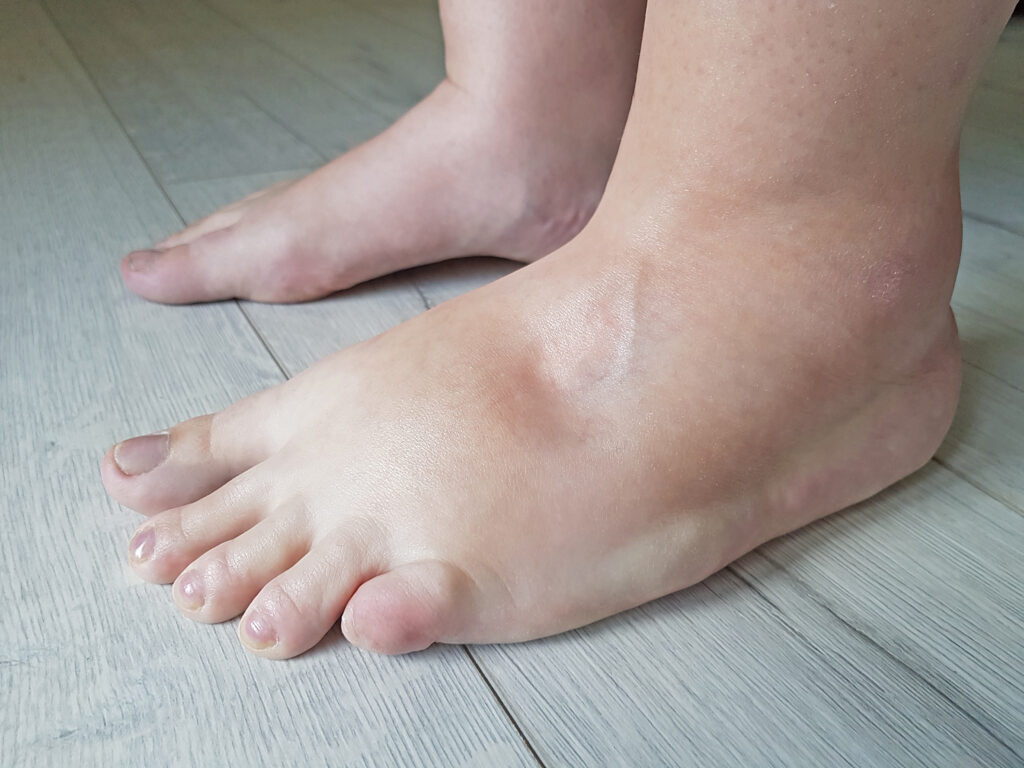
Varicose veins is quite common and it may surprise you to learn that it can be commonly be a source for discomfort in your feet. An appropriate evaluation includes common considerations with your podiatrist, however it’s important to consider vein disease and neuropathy together, especially in the setting of visible varicose veins. Our Vein doctor in Long Island can help you evaluate the potential relantionship with a simple vein screening and leg ultrasound.
Causes of Foot Pain
Musculoskeletal
This is most commonly evaluated by your foot and ankle specialist. The common scenarios include arthritis, tendonitis, bone spurs, fractures, neuropathies, bursitis, and plantar fasciitis.. If you have escalating pain, swelling, open sores or are unable to bear any weight, a visit to your podiatrist is advised. Otherwise, a few days of rest, anti-inflammatories, and bracing will help most pain resolve within a few days. If the symptoms persist, then again, it is advisable to see your doctor.
Arterial Disease?
Arterial disease is a significant concern for leg pain and can involve the feet as well. Most commonly, it is associated with a history of smoking, high blood pressure, diabetes, and obesity. Typically, symptoms are felt during exertion or leg pain with exercise (claudication). With progression, the symptoms can become more pronounced and appear even at rest; a troubling sign that blood flow to the tissue is compromised. An evaluation by vascular surgery is appropriate for symptoms of claudication.
Varicose Veins
Varicose vein disease can also cause foot pain, and can be unilateral or bilateral. Typical features of vein disease include visible spider veins or varicose veins, swelling, and with advanced venous disease, skin pigmenation. Symptoms are progressive and include leg pain, leg heaviness, restless legs or aching. The cause of varicose veins is due to blood pooling from worn-down valves in our leg veins. Unable to effectively move blood from your legs back to the heart against gravity, blood collects in the leg veins and causes distention and swelling. Over a period of time, the leg veins become stretched out and cannot return to their normal size due to the increased pressure within the veins. As a result, patients experience typical symptoms of heaviness and pain. The increased pressure also results in visible veins to form on the legs, in many cases. Distended veins can also result in irritation in the nerves of the leg and this can result in pain experienced in the feet. Typically, the pain is worse at the end of the day and improves with movement or exercise, unlike arterial disease.
Treatment Options
Initial treatment is conservative and includes exercise, physical therapy, compression stockings and leg elevation. Compression stockings are essential to long term venou health and can be prescribed by your primary physician or vein specialist. The ideal strength is 20-30mmHg of compression worn during the standing hours (counteracting the effects of gravity). Some insurances do provide coverage for compression stockings and can be filled at a medical supply store.
Advanced vein treatment options for vein disease is directed at the underlying cause. This plan is made according to a vein ultrasound that details the anatomy of the normal and varicose veins in your leg. Today, treatment is non-surgical and the gold-standard is catheter based procedures done in the office. The best options for varicose vein treatment include vein ablation, sclerotherapy, vein glue and phlebectomy. These plans are made in accordance with the findings on ultrasound and preferences of the patient and doctor.
Schedule an evaluation for varicose veins in long island today!

